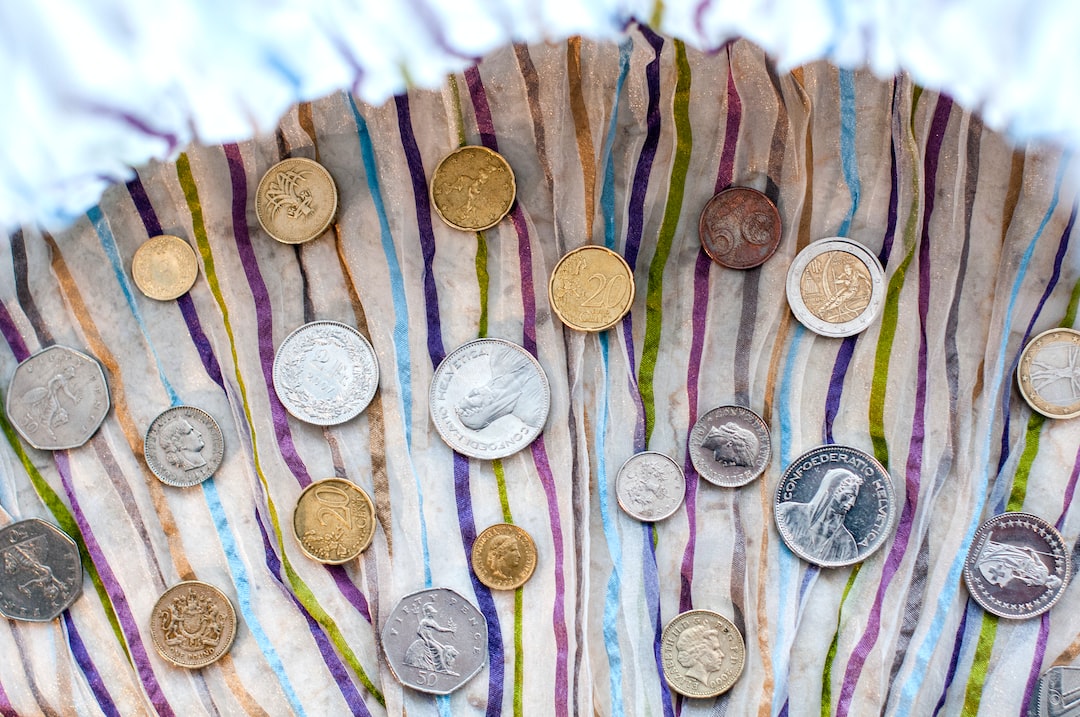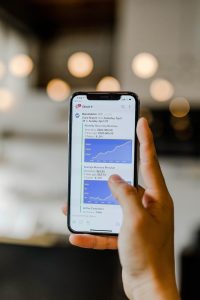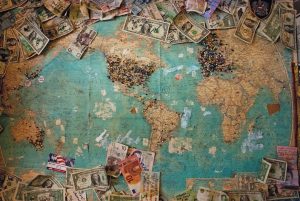Forex trading, also known as foreign exchange trading, is the act of buying and selling currencies in the global markets. It is the largest and most liquid financial market in the world, with an estimated $5.3 trillion traded daily. Forex trading is a decentralized market, meaning it does not have a central exchange, but rather trades are conducted electronically over-the-counter (OTC).
The forex market is made up of various participants, including banks, hedge funds, central banks, retail traders, and multinational corporations. These participants trade currencies for a variety of reasons, such as to facilitate international trade, hedge against currency risk, or speculate on market movements.
In forex trading, currencies are traded in pairs, with one currency being bought and the other being sold. The exchange rate between the two currencies is determined by market forces, such as supply and demand, economic data, and geopolitical events.
For example, if a trader believes that the US dollar will increase in value relative to the euro, they would buy the USD/EUR currency pair. If the exchange rate does indeed rise, the trader could sell the position at a profit. Alternatively, if the exchange rate falls, the trader could sell the position at a loss.
Forex trading is conducted through a broker, who provides the trader with access to the market and necessary trading tools. The broker may charge a commission or a spread, which is the difference between the buying and selling price of a currency pair.
There are several types of forex trading strategies that traders can use to make trading decisions. These include technical analysis, fundamental analysis, and sentiment analysis. Technical analysis involves studying charts and using indicators to identify trends and potential trading opportunities. Fundamental analysis involves analyzing economic data and news events to determine the direction of a currency pair. Sentiment analysis involves gauging market sentiment and positioning to identify potential trading opportunities.
Forex trading also carries risks, such as currency fluctuations, leverage, and counterparty risks. Leverage allows traders to control large positions with a small amount of capital, but it also amplifies potential losses. Counterparty risks arise when a broker or trading counterpart fails to meet their financial obligations.
To mitigate these risks, traders can implement risk management strategies, such as setting stop-loss orders to limit potential losses, using proper leverage, and diversifying their portfolio.
In conclusion, forex trading is the act of buying and selling currencies in the global markets. It is the largest and most liquid financial market in the world, with participants ranging from large financial institutions to individual retail traders. Forex trading involves trading currency pairs, with the exchange rate being determined by market forces. Traders can use various strategies to make trading decisions, but should also be aware of the risks involved and implement proper risk management techniques.






